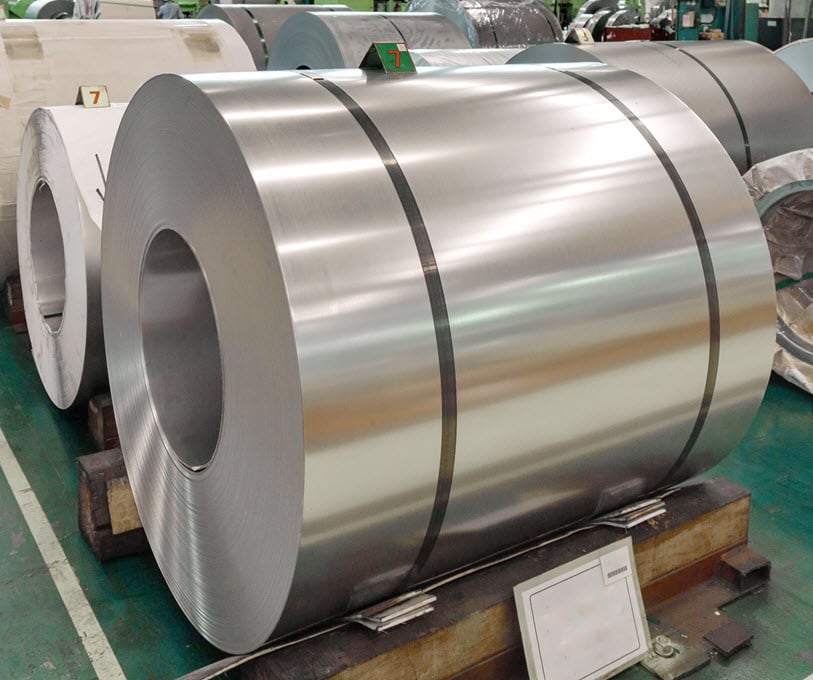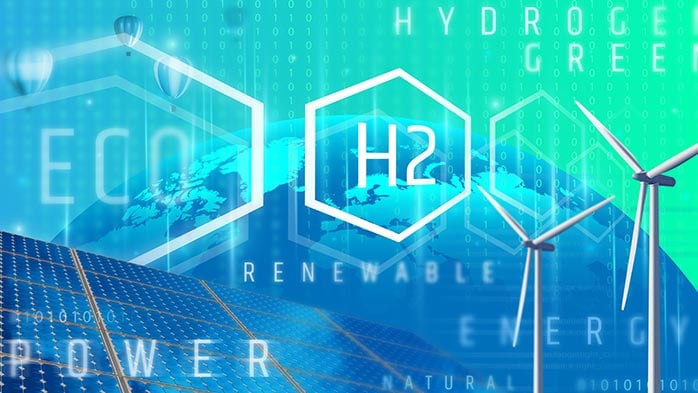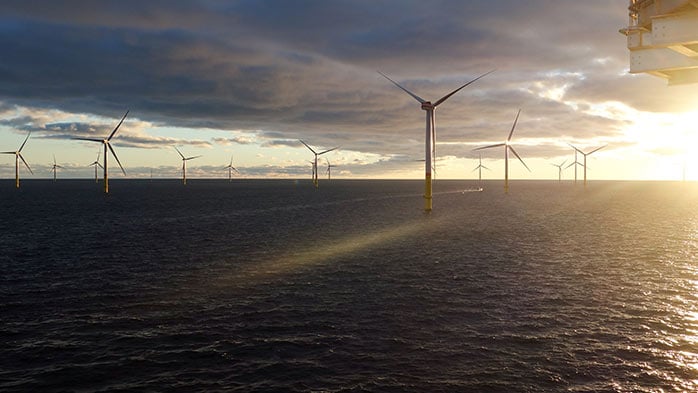Last month, we expected weak wind and strong power demand would support the carbon price at ~€76–77 /tCO₂. The carbon market was stable around the 30 September compliance deadline, staying at ~€76 /tCO₂ at the start of October and then climbed to ~ €79 /tCO₂ on stronger power demand and weak wind generation. However, later in the month, easing power demand, improving wind output, and a reversal of gas-to-coal switching created downward pressure, settling prices at ~€78 /tCO₂ by month-end. Hydro generation stayed at a low level, as we anticipated, whereas nuclear generation gained seasonal momentum in October.
Wind speeds are forecast to be higher than the historical average over the next ten days, putting downward pressure on the carbon price. In addition, warmer-than-average temperatures and economic slowdown will offset much of November's usual power demand increase.
If power demand continues to underperform, it will put downward pressure on EUA demand. Gas prices are expected to increase and coal prices to be stable, therefore, we expect gas-to-goal switching will add some upward pressure. Hydro and nuclear output will have minimal impact on EUA demand in . While gas-to-coal switching and power demand will provide some support to EUA demand, strong winds, warm weather and weak economic activities will dominate. We expect the carbon price will decrease slightly in .
CRU Online subscribers can access the short-term carbon price report here. Otherwise, please speak to our sales team to access more in-depth information from CRU.
Softening power demand in November
As we expected, power demand increased in October due to heating needs and a slow recovering economy, but it remained below seasonal levels.
France’s sovereign credit rating was downgraded, while Germany was flagged for weak medium-term growth potential. These negative developments further weighed on the European recovery momentum. Our forecast for steel profitability – a leading indicator of economic activity – has been downgraded for Q4. Temperatures are expected to be warmer than average in November,which should ease heating demand. We expect November will see an economic slowdown and weakening industrial production.
While power demand is expected to increase seasonally in November, our base case forecast is that it will remain below normal levels because of warm weather and weak activity. The increase will slightly boost EUA demand, though the effect is small. If power demand falls short of our expectations, this will instead reduce EUA demand.
Wind to have a strong start in November
Wind output was low at the start of October but picked up by month-end. Despite this recovery, output stayed below historical averages, representing a clear underperformance against market expectations. Looking ahead, the forecast of above-average wind speeds over the next ten days will support strong generation output as November begins. If wind speeds normalise after the next ten days, this will put modest downward pressure on EUA demand overall. However, if strong wind conditions persist, EUA demand will decline further.
Hydropower output dropped in October, marking a fifth consecutive decline, and stayed below seasonal averages for this time of the year. Reservoir levels are still lower than historical levels and, with precipitation forecasts being at average levels in November, we expect hydro output to have a minimal differential impact on EUA demand this month.
Gas-to-goal switching expected in November
Because of underperforming wind generation in October, total fossil generation increased again during the month. Moreover, there was a reversal of some gas-to-coal switching as coal prices rose more than gas prices and this supported gas plants that also offer greater flexibility to balance volatile wind generation.
European gas inventories are expected to be below the 90% target by 1 November, supporting a projected increase in gas prices during the month. With coal prices expected to hold stable, this price dynamic is set to prompt moderate gas-to-coal switching in the absence of major market developments. This shift should, consequently, strengthen demand for EUA, creating upward pressure for carbon prices.
Strong nuclear outlook for November
Nuclear generation increased in October as we anticipated.
EDF has postponed the restart of the Flamanville 3 EPR reactor from 1 October to 17 October, targeting a return to full power by year-end. In Belgium, Engie has permanently shut down the Tihange-1 unit after 50 years of operation but successfully returned the Doel 4 reactor to service on 8 October. As anticipated, nuclear generation momentum accelerated across the region in October, despite brief strike disruption at EDF on 8–9 October. Given seasonal patterns, French nuclear output in November is expected to stay high. Given no major news, we expect nuclear power generation will have minimal impact on the carbon price November.
If you want to hear more about carbon market forecasts and our short-, medium- or long-term carbon price forecasts, request a demo as part of CRU’s Sustainability and Emissions service, or email us at sales@crugroup.com – we’d be happy to discuss this with you.

















